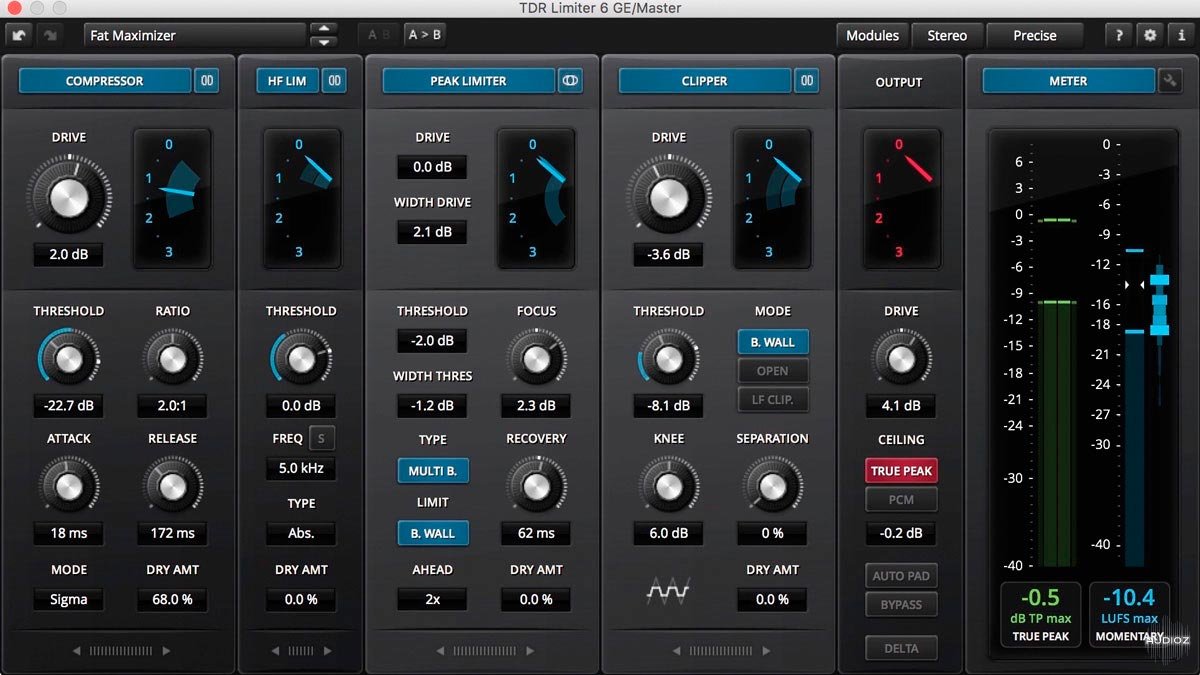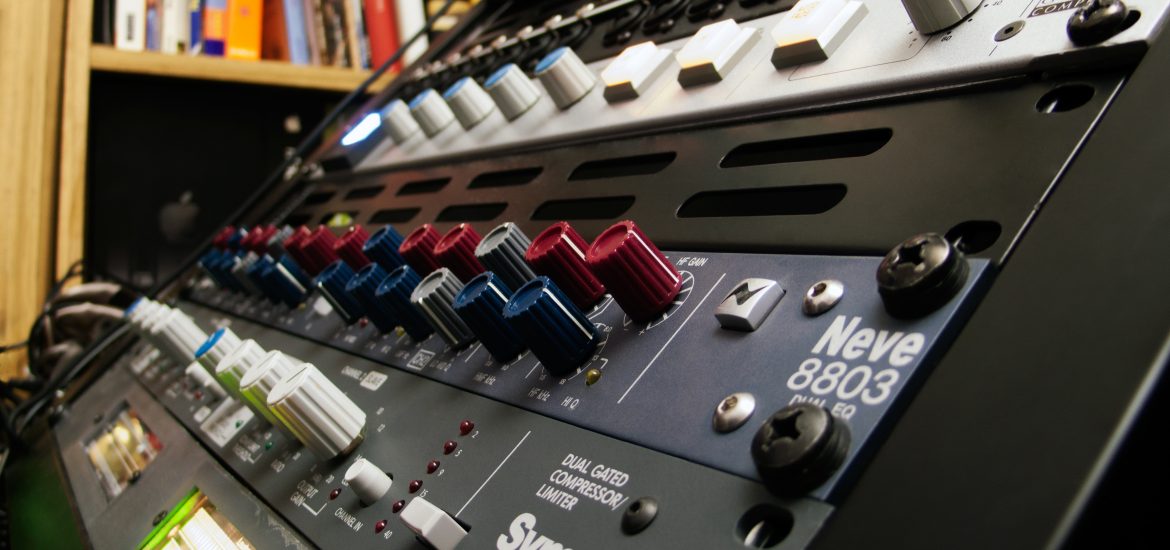- Drive more FPS with a single click in GPU Tweak II so you can extract every last bit of in-game performance. ASUS GPU Tweak II provides an intuitive interface to access serious functionalities, all right at your fingertips. And the best part is, you can access all that on-the-fly, even in-game ─ all with one click.
- SA-MP 0.3e is released! As usual, the new version is on the Download Page. SA-MP 0.3e features. Many minor bug fixes including security updates. Loads of new objects for mapping, including walls and houses. Servers can now change the textures and colours of objects. New scripting features for greater control over the game's camera.
- “Limiter No6 is a limiter suited for mastering purposes. Features: Mastering modular limiter. 5 modules: RMS compressor, peak limiter, high-frequency limiter, clipper, true peak limiter. High-quality signal processing to use for mastering purposes. Brickwall and soft limiting with different timing settings. M/S and multiband modes.
- “Delivering versatile, powerful, surgical dynamics shaping via an innovative, beautifully presented package, this is a must-have.”. Up to the minute news and reviews for all music makers. Grab this deal here! There are no reviews yet. Be the first to review “TDR Limiter 6 GE.
- Tdr - Limiter 6 Ge 1.1.0 Full Cracked
- Tdr - Limiter 6 Ge 1.1.0 Full Crackers
- TDR - Limiter 6 GE 1.1.0 Full Crack
Tokyo Dawn Records – TDR Kotelnikov – Gentleman’s Edition 1.6.0 VST, VST3, AAX x86 x64
Yep, same problem here. New GTX660 ran fine for 3 weeks, then all of a sudden when starting BF3 it would show this message: 'display driver nvidia windows kernel mode driver version 310.90' This got progressively worse until now (a couple of days later) almost anything will trigger it.
TDR Kotelnikov is a broadband dynamic processor combining high-quality dynamic range control with musical flexibility. As a descendant of the ancient TDR Feedback Compressor family of products, Kotelnikov directly inherited several unique features, such as an improved control scheme, individual control of the decay value separately for peak and RMS, an intuitive user interface and powerful, high-precision algorithms.
Tokyo Dawn Records – TDR OD DeEdger 1.2.3 VST, VST3, AAX x86 x64
DeEdger is designed to remove excessive sharpness and stiffness. Designed for both processing individual tracks and full mixes. It can be used for mastering. Declared full preservation of the dynamic structure and musicality of the source material.
DeEdger presents a new way to reduce the stiffness of an audio signal without negatively changing its original characteristics. The plugin works without using a threshold, so it can comfortably process any level, type and dynamic range of the input signal. DeEdger applies processing only if any stiffness is detected. Once detected, the stiffness of the sound will be softened with amazing elegance. Sophisticated time and frequency dependent mechanisms allow DeEdger to provide a very transparent process.
Tokyo Dawn Records & Variety Of Sound – TDR VOS SlickEQ – Gentleman’s Edition 1.3.2 VST, VST3, AAX x86 x64
The TDR VOS SlickEQ equalizer is designed for solving mixing and mastering tasks and provides ease of use, musicality and high-quality sound.
The equalizer consists of three semi-parametric filters corresponding to low, middle and high frequencies, and an additional low-cut filter. A choice of four different models is available that determines the Q-factors of parametric filters. The automatic adjustment of the signal level allows you to compensate for changes in the subjectively perceived volume of the audio signal during operation. The equalizer also supports the processing mode of the sum or difference of the stereo channels (M and S) without the need for external conversion.
TDR VOS SlickEQ has an optional non-linear filter mode and three different output saturation modes. These modes allow you to slightly change the color of the sound without the effect of an overloaded sound path. This almost imperceptible to hearing saturation of the signal with harmonics is often associated with analog equipment of the highest class.
64-bit accuracy, combined with a variable internal sampling rate and a differential signal processing model, practically eliminates the problems of digital equalizers, such as spectrum overlays, quantization errors, and frequency swapping.
In addition to standard controls, this equalizer also provides additional features: built-in control of preset parameter values, undo / redo actions, quick A / B comparison, copy and paste, online help, editable text parameter values, mouse wheel support, and much more.
The equalizer “TDR VOS SlickEQ” is the result of a joint development of Variety Of Sound and Tokyo Dawn Labs.
Tokyo Dawn Records – TDR Nova – Gentleman’s Edition 2.1.0 VST, VST3, AAX x86 x64
TDR NOVA is a parallel dynamic equalizer. Appearing in the familiar layout of a parametric equalizer, each band also includes a fully functional dynamic section, allowing the processor to cover an impressively wide range of applications. Whether it’s a master who lacks density, drum length, requiring more clarity, or the problem of sibling in your ideal take: the TDR NOVA plugin has all the features.
The user-friendly WYSIWYG drag and drop display combined with the classic “manual” interface provides quick and smooth access to various parameters, providing powerful TDR NOVA processing capabilities. With four dynamic equalizer bands and optional high-pass and low-pass filter sections, TDR NOVA can satisfy the most exotic needs. Intuitive functions of equal volume help you find the optimal setting without being distracted by the difference in volume.
Tokyo Dawn Records – TDR Limiter 6 GE 1.2.0 VST, AAX x86 x64
TDR Limiter 6 GE is a state-of-the-art compression and dynamics limitation tool, consisting of six specialized modules that can be arranged in different order. Together, they cover a wide range of applications from subtle volume control to cruel and critical crunching.
Tokyo Dawn Records – TDR SlickEQ Mastering 2.0.0 VST, VST3, AAX x86 x64

TDR SlickEQ M (Mastering Edition) extends the proven SlickEQ concept to a full stereo equalizer. Specially designed for engineers of audio mastering, no compromises were made in the plug-in, and it provides exceptional musical flexibility and sound accuracy.
Behind the intuitive user interface is a stunning set of features: a set of musical high-pass and low-pass filter music, including a center section for low-frequency stereo, detailed control over the signal bandwidth. Six powerful parametric filters provide precise access to tone, timbre and stereo field, and a comprehensive meta-filter provides direct and intuitive access to the curve of brightness, density or equal volume of the audio signal.
All filters except HP and LP operate in a parallel equalizer configuration. An effective auto-amplification mechanism automatically compensates for changes in perceived volume during the operation of the equalizer, and the intelligent signal analysis options allow you to compare the spectrum of the input signal with the standard; automatically detect static resonances; or automatically adjust HP and LP filters according to the width of the audible signal bandwidth.
As in the case of SlickEQ Standard and SlickEQ – Gentleman’s Edition, the processing scheme (for example, “internal resampling”) in combination with sophisticated signal processing methods ensures its highest indestructible completeness throughout the entire processing.
This page describes timeout detection and recovery (TDR) for driver developers. See also TDR in Windows 8 and later for additional implementation details.

Overview
One of the most common stability problems in graphics occurs when a computer 'hangs', or when it appears to be completely 'frozen' while, in reality, it is processing an end-user command or operation. The user typically waits a few seconds and then decides to reboot the computer. The frozen appearance of the computer typically occurs because the GPU is busy processing intensive graphical operations, typically during game play, and hence does not update the display screen. TDRs enable the operating system to detect that the UI is not responsive.
The figure below shows the TDR process.
The operating system (OS) attempts to detect situations in which computers appear to be 'frozen'. The OS then attempts to dynamically recover from the frozen situations so that desktops are responsive again, alleviating the situation where end users needlessly reboot their systems.
If the OS detects that six (6) or more GPU hangs and subsequent recoveries occur within one (1) minute, the OS bug-checks the computer on the next GPU hang.
Timeout detection in WDDM
The GPU scheduler, which is part of the DirectX graphics kernel subsystem (Dxgkrnl.sys), detects that the GPU is taking more than the permitted amount of time to execute a particular task. The GPU scheduler then tries to preempt this particular task. The preempt operation has a 'wait' timeout, which is the actual TDR timeout. The default timeout period in Windows Vista and later operating systems is 2 seconds. If the GPU cannot complete or preempt the current task within the TDR timeout period, the OS diagnoses that the GPU is frozen.
To prevent timeout detection from occurring, hardware vendors should ensure that graphics operations (that is, direct memory access (DMA) buffer completion) take no more than 2 seconds in end-user scenarios such as productivity and game play.
Preparation for recovery
The GPU scheduler calls the display miniport driver's DxgkDdiResetFromTimeout function to inform the driver that the OS detected a timeout. The driver must then reinitialize itself and reset the GPU. In addition, the driver must stop accessing memory and should not access hardware. The OS and the driver collect hardware and other state information that can be useful for post-recovery diagnosis.
See TDR in Windows 8 and later for additional implementation details.
Desktop recovery
The OS resets the appropriate state of the graphics stack. The video memory manager, which is also part of Dxgkrnl.sys, purges all allocations from video memory. The display miniport driver resets the GPU hardware state. The graphics stack takes the final actions and restores the desktop to the responsive state.

The only visible artifact from the hang detection to the recovery is a screen flicker. This flicker results when the OS resets some portions of the graphics stack, which causes a screen redraw. It is eliminated if the display miniport driver complies with WDDM 1.2 and later (see Providing seamless state transitions in WDDM 1.2 and later).
When the OS has successfully recovered the desktop, it does the following:
- Displays an informational message to the end user, saying 'Display driver stopped responding and has recovered.'
- Logs the preceding message in the Event Viewer application and collects diagnosis information in the form of a debug report. If the end user opted in to provide feedback, the OS returns this debug report to Microsoft through the Online Crash Analysis (OCA) mechanism.
Some legacy DirectX applications might just render black at the end of this recovery, which requires the end user to restart these applications. Well-written DirectX 9Ex and DirectX 10 and later applications that handle Device Remove technology continue to work correctly. An application must release and then re-create its Microsoft Direct3D device and all of the device's objects.
Thread synchronization and TDR
Tdr - Limiter 6 Ge 1.1.0 Full Cracked
See Thread synchronization and TDR for details.
Testing and debugging TDR
Tdr - Limiter 6 Ge 1.1.0 Full Crackers

TDR - Limiter 6 GE 1.1.0 Full Crack
See Testing and debugging TDR for details.
Comments are closed.